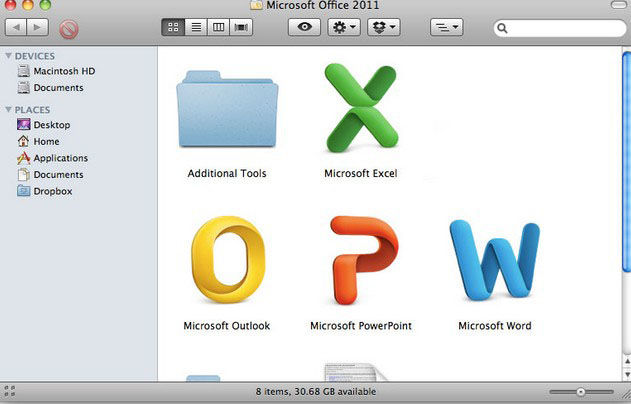Microsoft Office 2011 Requirements Mac
Feb 16, 2018 I can't login to skype with my 'non-microsoft' account I have a Skype account with my gmail e-mail address. Now I downloaded Skype on a new device and want to log in with my already existing Skype account. Skype sign in without microsoft account macbook pro. Jan 12, 2018 Microsoft allows you to sign up for a Skype account without having Microsoft account. Microsoft says that the users can sign up easily to Skype by their existing mailing services like Gmail, Hotmail, Rediff mail and much more. Go to the Skype. Now, click on “Sign up”. Then, click on the “Next” button. Skype account created. How to Use Skype Without Microsoft Account.

Buy Microsoft Office
Microsoft Office for Mac adds rich new features to the familiar Office applications you already know, helping you to manage your home and schoolwork the way you want. Microsoft Office for Mac Home and Student 2011 is licensed for home and student use on 1 (one) Mac and is not intended for commercial use. It includes: Word for Mac 2011. Collaborate for free with online versions of Microsoft Word, PowerPoint, Excel, and OneNote. Save documents, spreadsheets, and presentations online, in OneDrive. Jan 11, 2011 compatibility of office 2011 for mac i want to buy microsoft office for my mac but Im not sure if i want to buy the 2010 or 2011 home and student version. I saw that 2010 can be compatible with 2003 word and that is the only reason i might buy that instead of 2011.Oct 29, 2015 Office 2011 has very poor OneDrive and OneDrive.

Free Trial Microsoft Office
Microsoft access for mac student. By Daniel Eran Dilger
Monday, October 25, 2010, 12:00 pm PT (03:00 pm ET)
Microsoft Office Trial Download
Microsoft’s latest Office 2011 for Mac productivity suite, which goes on sale tomorrow, promises to deliver better compatibility with the company’s Windows version of Office and corporate server products, while also presenting a revised user interface both familiar to Mac users and similar to the company’s Ribbon interface used in Windows.Office on the Mac desperately needs an overhaul. The last release took a decades old Carbon code base, applied a comically foolish looking layer of user interface glitz, and then stripped away core features that its target audience of corporate users found essential, including Visual Basic for Applications (used in many companies to create automated template documents).
The Good
The new Office 2011 makes major improvements in adding back the VBA support removed in the previous version, and in dialing back some of the more ridiculous aspects of the previous day-glow user interface.
It also strives to integrate Mac users into corporate settings much better, with improved support for Office document interchange with its Windows counterpart, as well as other Microsoft server technologies, including multiuser document co-authoring when used with SharePoint Foundation or Windows Live SkyDrive.
Office 2011 also delivers some of the new features of the Windows Office 2010 suite, such as “Sparklines” data visualization charts that can be integrated into Excel spreadsheets, and support for Microsoft’s online Office Web Apps.
Performance in Office 2011 seems to be significantly improved in many aspects, with Word now launching in as little as six to ten seconds on a new machine, or a bit longer on older models. That’s comparable with the launch times of Apple’s iWork apps, although Pages and Keynote are not exactly speedy to launch relative to other common Mac apps.
The Bad
While the new Mac version of Office has made significant strides toward being a better contemporary of its Windows sibling, it’s still a rather disappointing set of Mac applications.
Office apps continue to ignore Apple’s modern Cocoa frameworks outside of some limited use in the new Outlook. That means for the most part that menu bar configuration is still non-standard and clumsy. Controls often work in oddly unfamiliar ways that are neither Mac-like nor even similar to Windows.
Twenty five years ago, Microsoft helped Apple define how Mac apps should work with its industry leading efforts with Word and Excel on the Mac. However, after years of treating Mac users as second-class citizens as it focused on its Windows products, Microsoft is no longer in a co-pilot position to define how Mac apps work.
When it tries to do so, as it did with the release of Office 2008, its efforts look clownish, awkward and immature compared to the slick sophistication of the user experience delivered by Apple’s own iWork apps, which were created to show off what Mac OS X could do.
Microsoft’s inconsistent efforts to follow Apple’s user interface guidelines and examples results in ill considered adoption of experimental ideas Apple has since largely abandoned (such as the excessive use of candy-colored Aqua controls from a decade ago, or the now boring flip-around windows reminiscent of Dashboard widgets that Microsoft chose to apply to its Reference Tools floating palate), while at the same time failing to support some of the more important and useful features of Mac OS X.
As an example, text input within the Office suite fails to work with modern Mac OS X features such as its system wide auto text substitutions, corrections, transformations, dictionary and thesaurus; you’ll have to configure these features in parallel both in Office app preferences and in Mac OS X System Preferences to have things work somewhat consistently between Office and all of your other apps, because Office continues to roll its own unique text input system and reference tools.
Microsoft has, admirably, followed Apple’s guidelines in presenting a Media Browser that accesses the user’s photos from iPhoto and Photo Booth, audio from iTunes, and movies from the user’s iMovie, iPhoto, Photo Booth and iTunes libraries, even if the Office interface is customized, busier variant of the Media Browser in Apple’s own apps.
On page 2 of 3: The Ugly & Word 2011